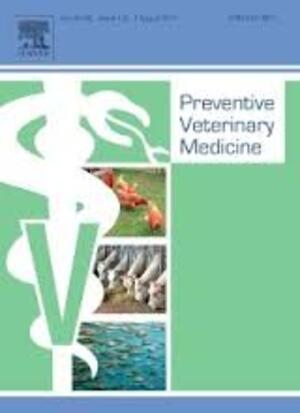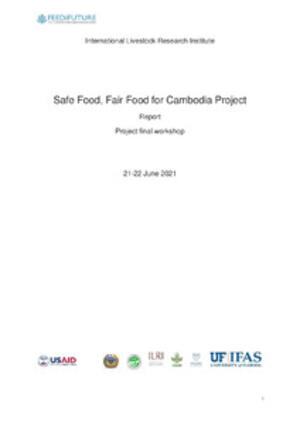
Using electronic syndromic surveillance system to collect animal health and meat inspection records in Marsabit County, Kenya
Abstract
Introduction: An electronic syndromic surveillance system for collecting, collating and analysing animal health and meat inspection records in Marsabit County, Kenya has been developed.
Architecture: The system comprises a cloud server linked to a series of data collection phones operated by field veterinarians based at the sub-county locations and meat inspectors in abattoirs. Animal health data are collected by sub-county veterinarians during their routine active surveillance missions or via telephone contacts with community disease reporters (CDRs) who are based at the village; these CDRs have been trained on disease recognition and reporting. Each veterinarian is expected to make weekly phone calls to each CDR to check whether there has been any incident that needs to be reported during the intervening period. However, when there is an outbreak, the CDRs from affected village call the veterinarian to whom they report to provide the data. Sub-county veterinarians upload the syndromic reports to the online server at the end of each day. Abattoir data on the other hand are uploaded by the meat inspectors to the database directly at the end of each day. The server has scripts written in Java language for automated data management and analysis. Descriptive results produced include trend graphs, heat maps and word clouds on reported syndromes.
Initial observations: For livestock diseases and syndromes, the system currently indicates that a total of 130 reports have been made over the last six months. The number of reports by sub-county varies from 65 in Laisamis, 46 from Moyale, 14 from Saku and 5 from North Horr. The common syndromes captured in the word cloud include coughing, mucoid nasal discharge, severe breathing difficulties and thickening of the skin. The numbers of cattle slaughtered and inspected in the County abattoirs in the months of September, October and November 2017 were 178, 212 and 203 cattle, respectively. The combined numbers of sheep and goats slaughtered at the same period were 989, 1078 and 1011, respectively. Cases reported from post mortem inspections in the abattoirs included facioliasis, pneumonic lungs, abscesses and cysts.
Conclusion: The system improves the capacity of the department to collect and manage data that could have otherwise been keep in paper forms. The analyses conducted also show a good level of agreement between animal health data and post mortem findings. This is because the common animal health syndromes reported by CDRs were coughing and severe breathing problems, while a high proportion of post mortem cases observed were pneumonic lesions. This demonstrates the utility of using multiple sources of data for triangulation purposes.
Citation
Bodha, B., Katelo, H., Basele, S., Kihara, A., Chuchu, S., Kiara, H., Wamwere-Njoroge, G. and Bett, B. 2017. Using electronic syndromic surveillance system to collect animal health and meat inspection records in Marsabit County, Kenya. Technical report. Nairobi, Kenya: ILRI.










